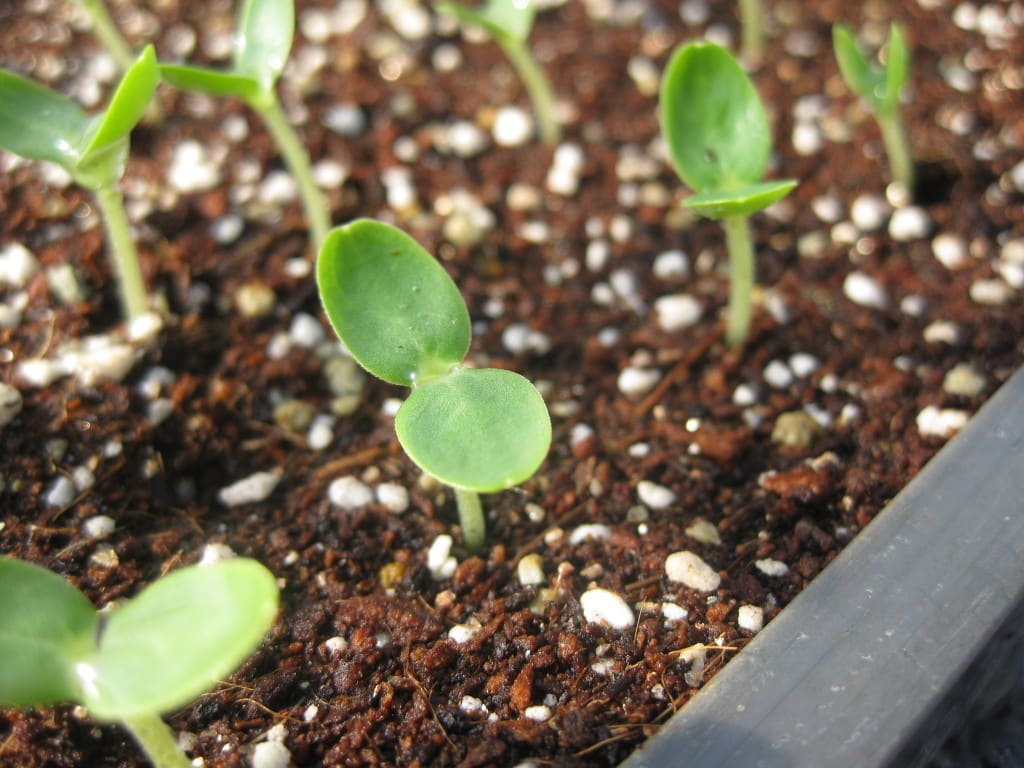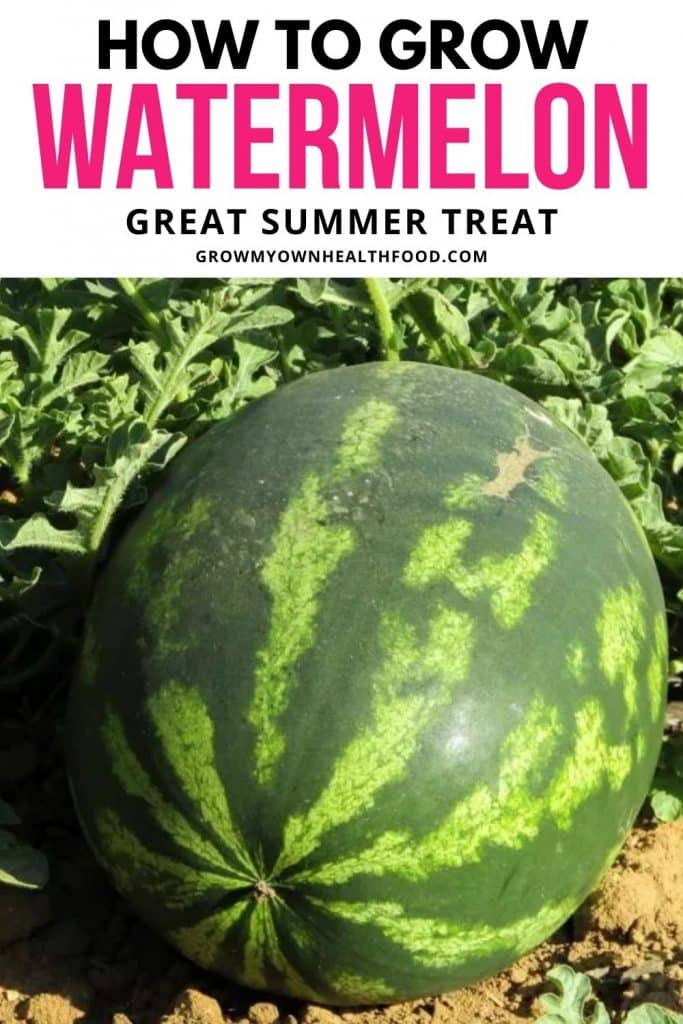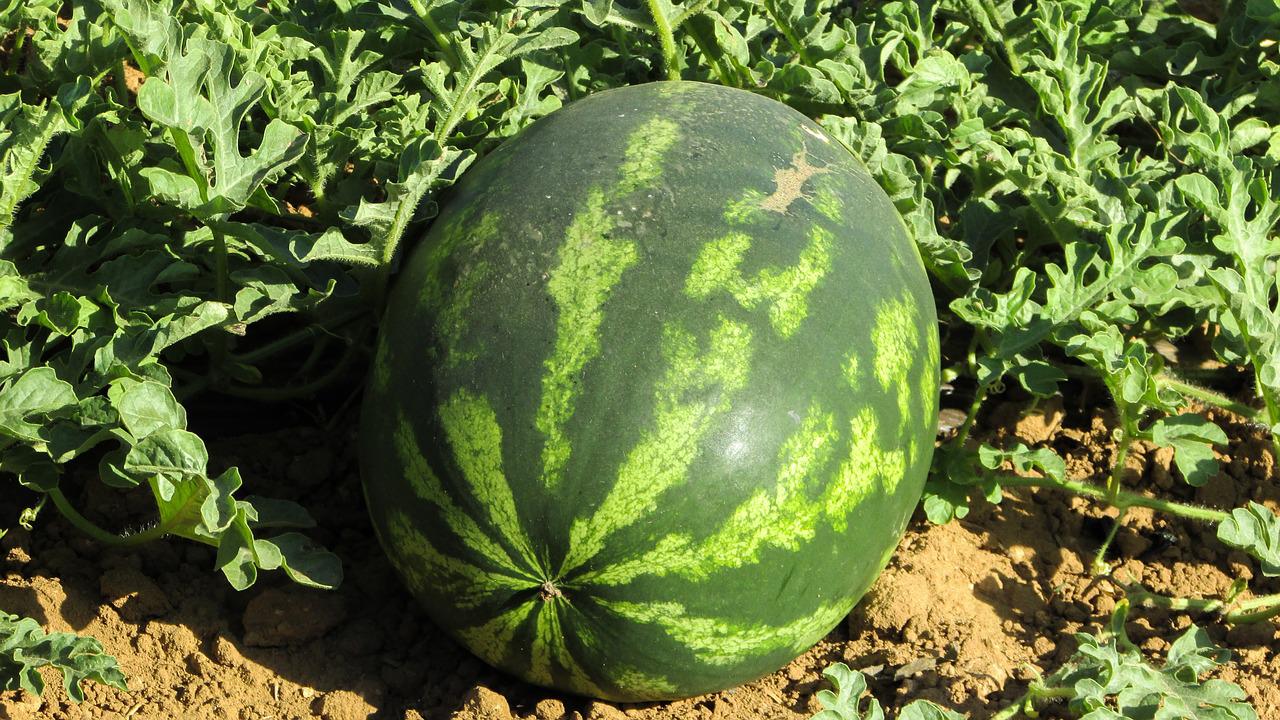Watermelons are one of the most celebrated fruits during the summertime. More than 90% of the fruit is made up of water, which makes it an ideal snack in hot weather. Having such fruit in your home garden will most definitely be a triumph! Because of their ginormous size, watermelons grow on the ground. Once fully grown, they look beautiful because of their cool green color and extraordinary size. In this article, you will find expertise on how to grow watermelon ranging from planting a watermelon to taking care of it while it grows.
Why Should You Grow a Watermelon?
Watermelon is a succulent fruit and belongs to the gourd family. As it prefers warm temperatures, watermelon is native to tropical Africa but is cultivated all around the globe. Watermelons are rich in vitamin C and vitamin A and are consumed raw. In some households, watermelons are preserved as a pickle.
Watermelon tastes best when consumed fresh! Probably the best reason for growing watermelon in your home is that you will be able to eat it whenever you want. A homegrown watermelon will taste as juicy and crunchy as it should be. As the fruit is the product of hot weather, there is a chance that half of the watermelons in your local supermarket are will not be fresh.
Is it Easy to Grow a Watermelon?
If you have experience growing cucumber and zucchini, you will find that growing watermelon is pretty simple. The most important part is to grow the watermelons in hot weather and the rest will come naturally to you.
Growing Watermelons
- 5 VARIETY PACK - Hales best cantaloupe, crimson sweet watermelon, yellow canary melon, green flesh honeydew, sugar baby watermelon.
- OUTDOOR GARDEN - Whether growing in a greenhouse or using the melon seeds for planting home garden, these varieties are wonderful!
- TASTY - Theres nothing like a fresh, homegrown melons picked straight from the gard
Prices pulled from the Amazon Product Advertising API on:
Product prices and availability are accurate as of the date/time indicated and are subject to change. Any price and availability information displayed on [relevant Amazon Site(s), as applicable] at the time of purchase will apply to the purchase of this product.
Watermelons can be easily grown from seeds which is why you will hardly find any seedlings at a garden center. Here are some important steps you need to follow while growing watermelons.
- Prepare the soil by adding a few inches of compost to it. Ensure that your soil is warm so it provides the perfect conditions for the seeds to grow. The ideal soil for watermelons will have a pH of 6.0 to 6.8.
- Miracle-Gro Performance Organics All Purpose In-Ground Soil delivers up to 2X more bounty (vs unfed plants)
- Use for growing vegetables, flowers, and herbs, and amending garden beds
- Feeds plants for up to 3 months
Prices pulled from the Amazon Product Advertising API on:
Product prices and availability are accurate as of the date/time indicated and are subject to change. Any price and availability information displayed on [relevant Amazon Site(s), as applicable] at the time of purchase will apply to the purchase of this product.
- Wait for the last frost date in spring to pass as watermelons need a long growing season with warm nights. Two or three weeks after your frost date, plant your seeds half inches deep in the soil.
- Your soil should be moist but not too soggy. You can wait a few hours after the rainfall or you can water the soil a few hours ahead of planting the seeds.
- Plant your seeds 3 to 5 feet apart.
- Add some rich organic matter to your soil to help the growth of your watermelons.
- Huge flavorful watermelons can only be grown if you are consistent with the watering routine. You can install a drip irrigation system as it will yield the best results.
- Due to their size, watermelons also need lots of nutrients. These nutrients can be provided by adding fertilizers regularly.
- Keeping your watermelons off the ground is also important. You can do so by creating a bed of straws.
- Once the watermelons turn from bright green to yellow, it is time to harvest them! At this point, your watermelons should also sound hollow if you knock on them.
If you are growing watermelons, there are some other products that can help you as well such as plant food and melon hammocks.
- Contains natural ingredients to feed microbes in the soil
- Specially formulated with micronutrients to help plants grow strong and produce more fruits and vegetables versus unfed plants
- Feeds up to 3 months
Prices pulled from the Amazon Product Advertising API on:
Product prices and availability are accurate as of the date/time indicated and are subject to change. Any price and availability information displayed on [relevant Amazon Site(s), as applicable] at the time of purchase will apply to the purchase of this product.
- Flexible material, help to suit the shape of the produce
- High quality material, can be reused for many seasons
- Great for growing melons in a vertical garden
Prices pulled from the Amazon Product Advertising API on:
Product prices and availability are accurate as of the date/time indicated and are subject to change. Any price and availability information displayed on [relevant Amazon Site(s), as applicable] at the time of purchase will apply to the purchase of this product.
What Do Watermelons Need to Grow?
Apart from the warm temperatures, watermelons need 8 to 10 hours of sunlight on a daily basis. You must water the plants regularly as watermelons need 2 inches of water every week. Watering watermelons also plays an important role in how the fruit turns out. If your watermelon does not get enough water then it may not be very juicy.
Growing Watermelons Indoors
You should only grow watermelons indoors in the case of colder climates as watermelons grow in regions with warm temperatures. Some people also grow watermelons indoors to make sure that they germinate. The first step is to fill your seedling pot and sow two or three seeds in it.
- SEED STARTER KIT -- Pack of 60 peat pots. Each pot measures 3 inch in diameter. Comes with 15 pcs plant labels, and you can use them to mark the seeds in your peat pots.
- START INDOOR GARDEN -- Starting an indoor garden is easy with our bulk pack of organic peat pots. Simply place your seeds into the seedling transplant pot.
- 100% BIODEGRADABLE -- Once the seeds sprout, just transplant the whole pots directly into the ground or larger plant pots. These will break down in the soil in the end, environmentally friendly.
Prices pulled from the Amazon Product Advertising API on:
Product prices and availability are accurate as of the date/time indicated and are subject to change. Any price and availability information displayed on [relevant Amazon Site(s), as applicable] at the time of purchase will apply to the purchase of this product.
Planting multiple seeds will ensure the germination of at least one seed. After planting the seeds, you should spray them with water regularly so that the soil remains evenly moist. At this stage, you need to keep the seedlings in a warm area where the temperature varies between 75 and 85 degrees F. If you think that your house cannot provide a warm climate, try using a heating pad. Under the right conditions, your seedlings will sprout in about a week.
Transplanting the Watermelons in Your Garden

A key step in how to grow a watermelon is transplanting.Transplanting any plant seedling is a tricky business and we generally do not recommend it. However, if you have planted the seedlings indoors then you will have to transplant them once they are strong enough. The key point here is to make sure that the roots are not disturbed. Be very careful as you move them. Here are some tips you can follow as you transplant the seedlings.
- Before transplanting, your seedlings should be hardened so they can acclimatize to the weather and change.
- The best time to transplant your seedling would be on a day that is not too hot. Additionally, calm winds on such a day would be a plus!
- It is possible that your plant may go into transplant shock but you must not worry. During this period you may notice stunted growth along with yellow droopy leaves. However, with some extra care, the plants will quickly bounce back.
Protecting Your Watermelons
Like every other plant, watermelons are also at risk from pesticides. Cucumber beetles and squash bugs are attracted to this plant and can inflict serious damage to it. An effective way to repel pests is to plant companion plants in your garden. A good option would be a native flower which will also attract pollinators. Such companion plants include tansy and marigold.
Watermelon Varieties You Should Try to Grow
Once you have grown watermelon in your backyard, you should branch out and try its different varieties. As you have the luxury to pick and choose the watermelon, you can opt for orange and yellow watermelon as well! Some notable watermelon varieties include blacktail mountain, orangeglo watermelon, and sugar baby. These varieties will add a pop of color to your dining table if you are throwing a summer party! Growing watermelons will upgrade your garden as no other fruit is more cherished in summer than a watermelon! As soon as your watermelons grow, you can harvest them and eat them as they should be eaten; juicy and fresh! As we have mentioned above, growing watermelon is mostly about providing the warm temperatures it so desperately needs. Once the climate is taken care of, you will find that this fruit is easy to grow!












